- Top Cloud Computing Applications
- Cloud Computing: Types & Service Model
- Cloud Computing Applications Explained
- Real-world Applications of Cloud Storage
- Frequently Asked Questions (FAQs)
Cloud Computing Applications: 10+ Most Popular Real-World Applications Explained
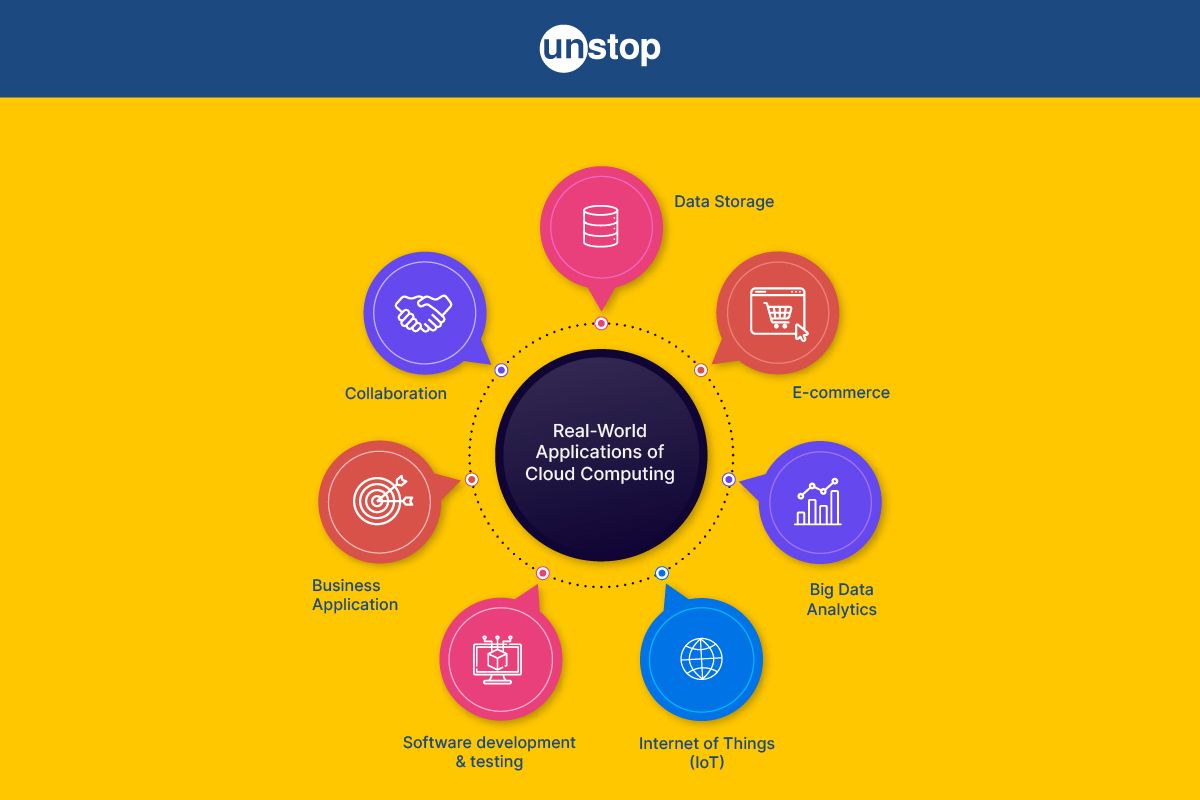
With cloud computing technology, scalable and flexible on-demand delivery of services is characterized by modern high-power computing without huge capital expenditures for infrastructure and hardware.
In today’s life, cloud computing helps companies run smooth operational systems, collaborate effectively, and facilitates innovation. It is cost-efficient because users pay only for the consumed resources while providing scalability for changing tasks. Furthermore, cloud computing promotes remote data and software access, thus enhancing international cooperation and mobility. It is one of the prerequisites that enable companies to adapt easily to new market trends and speed up their development cycle.
Top Cloud Computing Applications
Cloud computing applications have become crucial to trendy virtual landscapes, revolutionizing how organizations and individuals get admission to, manipulate, and use computing assets. By leveraging the strength of the cloud, these applications provide scalability, flexibility, and efficiency.
Here are the top 12 applications of cloud computing across domains:
- Cloud Storage Services
- Office Productivity Suites
- Video Conferencing Platforms
- Cloud-Based Development Environments
- Cloud Backup Solutions
- Cloud-Based Social Media Platform1
- Cloud-Based Accounting Applications
- Cloud-Based Gaming Services
- Cloud-Based Cybersecurity Solutions
- Cloud-Based Medical Applications
- Cloud Entertainment Industry
- Cloud-Based Collaboration Tools
Before we dive into an explanation of these applications, let's understand the types and service models of cloud computing.
Cloud Computing: Types & Service Model
There are different forms and service models of cloud computing that determine how people and organizations use the online tools:
Types of Cloud Computing:
- Public Cloud: Public cloud comprises a computing environment where services are offered via the public, and resources are shared among different tenants or active users. Examples of public cloud providers include AWS, Microsoft Azure, and Google Cloud Platform (GCP).
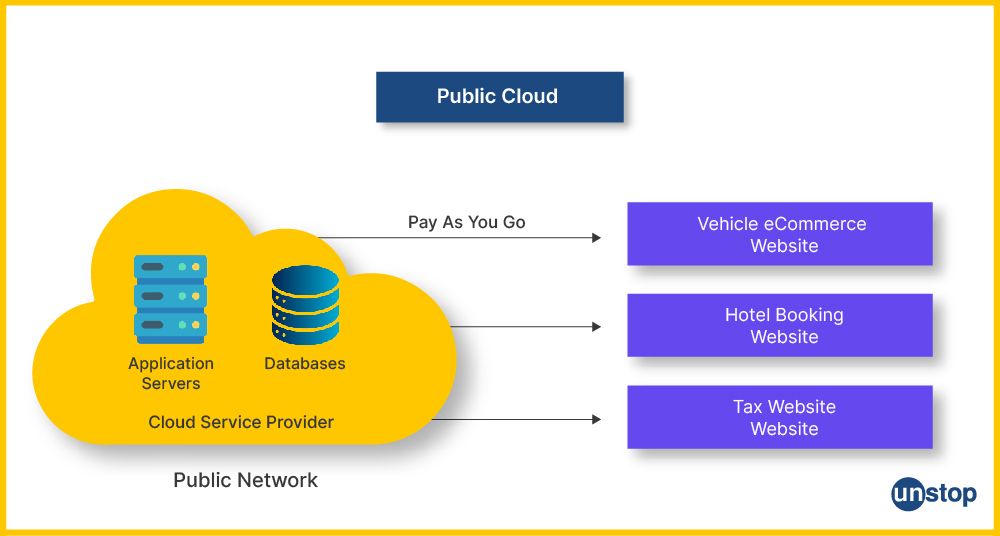
- Private Cloud: Private cloud computing provides exclusive access and dedication of resources to an individual enterprise. It has more control over data and security but entails high initial investments in the setup process. Businesses that have distinct regulatory or security demands usually prefer private clouds.
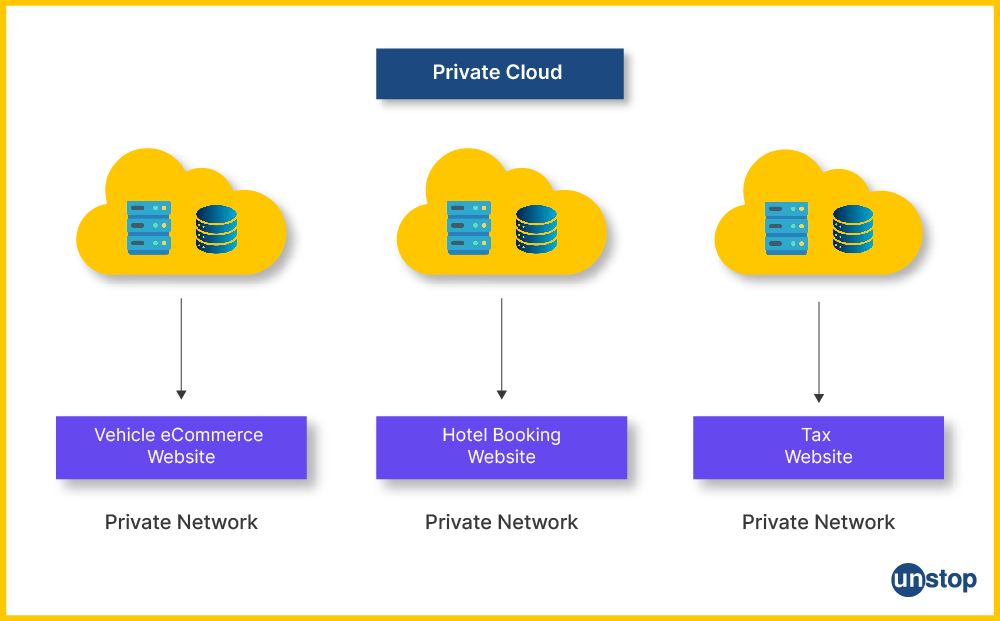
- Hybrid Cloud: The combination of a public and private cloud is referred to as a hybrid cloud. It enables organizations to store data and applications on a common platform. Such flexibility allows organizations to use the existing infrastructure and the scalability of the public cloud.
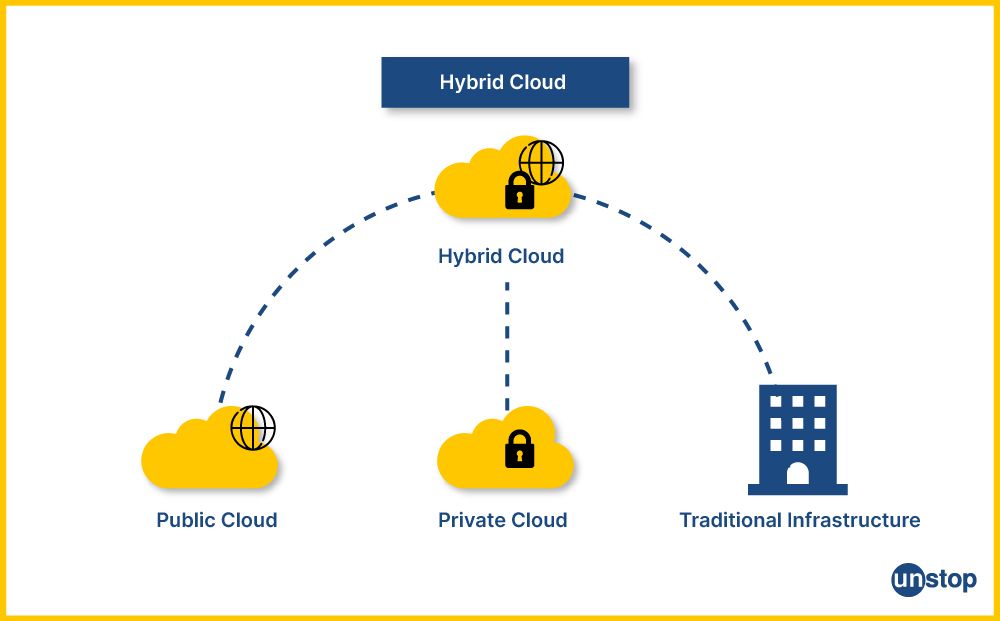
- Community Cloud: In the community cloud, multiple organizations share infrastructure. This is appropriate for intergroup projects with comparable regulatory needs, such as healthcare and finance.
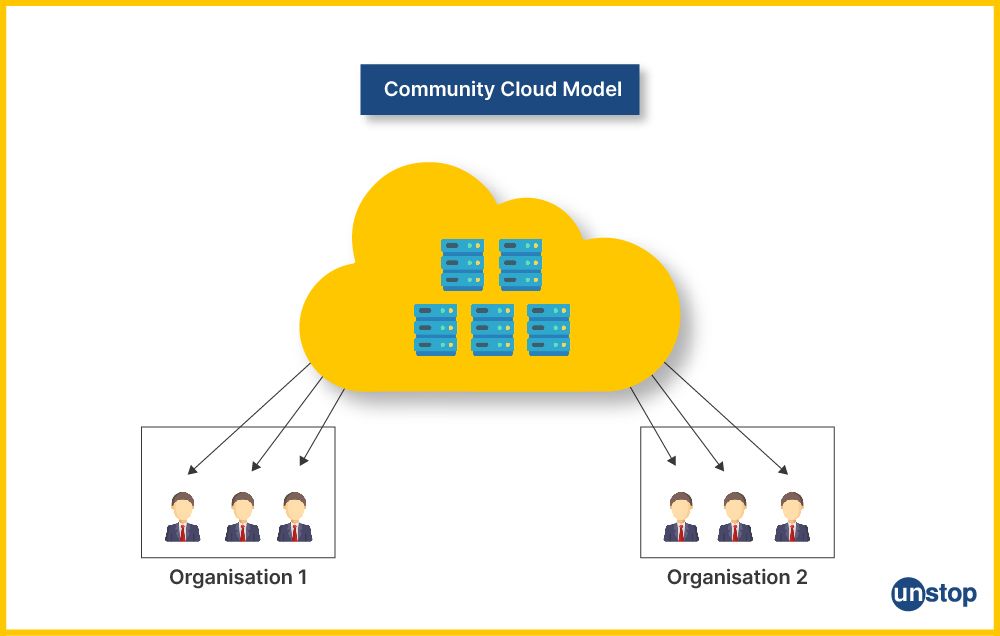
Service Models:
Cloud computing users are given a certain service model, which defines the scope of control transferred to them:
- Infrastructure as a Service (IaaS): IaaS provides a virtualized computing pool on demand through the internet connection. Users can hire virtual machines or storage networks. This model enables greater control over the base infrastructure and customization options for both functional and non-functional components.
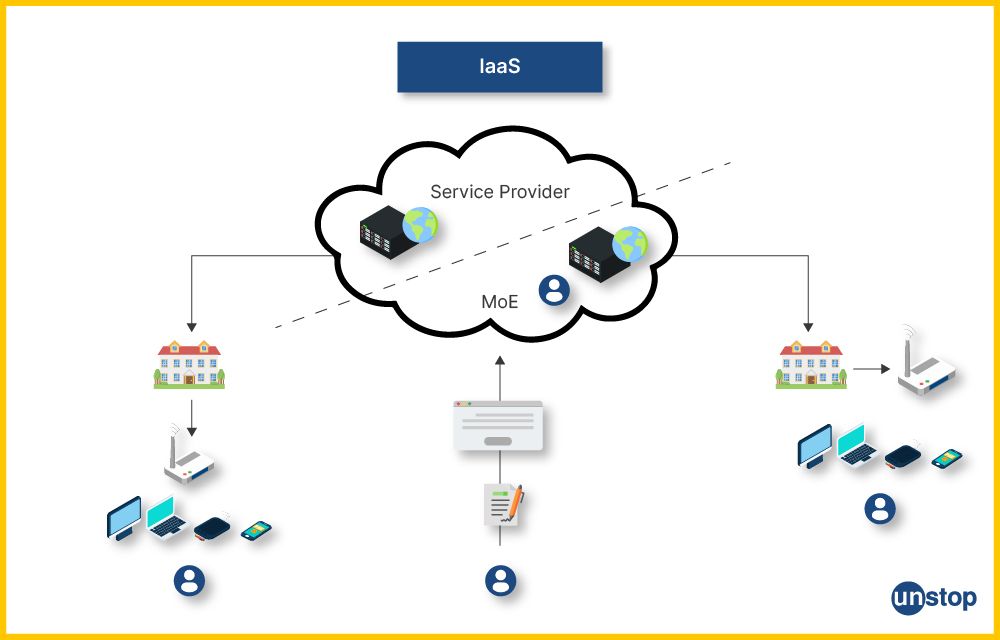
- Platform as a Service (PaaS): It allows clients’ application construction, launch, and management to take place without going through extensive or complext infrastructure set-up. Such systems include a database management system, a framework for app development, and middleware.
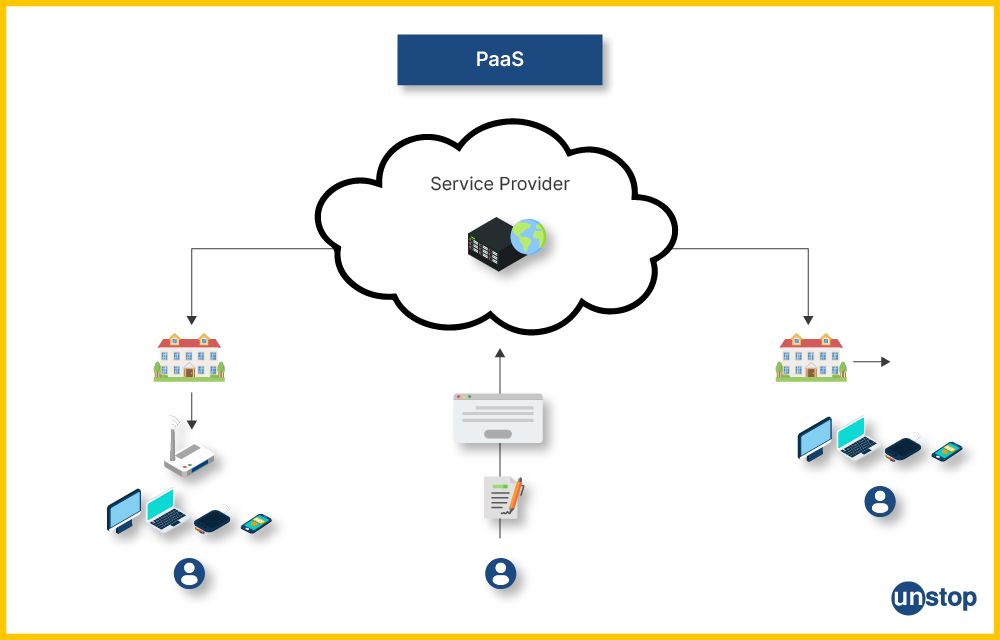
- Software as a Service (SaaS): Software as a Service (SaaS) is a provision of the application through an Internet subscription. These applications are accessible via a web browser that removes the need for local installation. Take for instance Google Workspace, MS 365, or Adobe Creative Cloud.
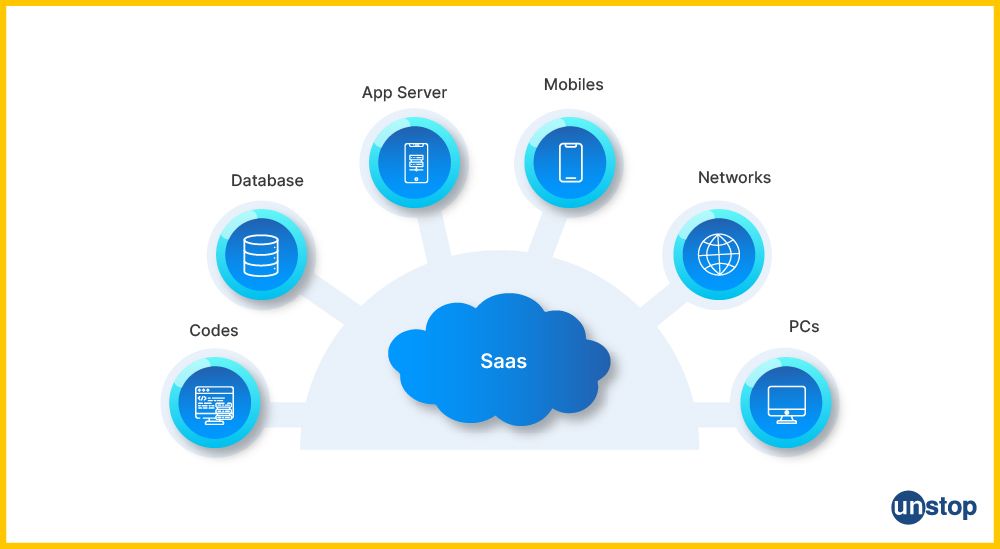
Comprehending different types and service models is essential for an organization to choose its cloud strategy wisely, aligning it with particular functional objectives and corporate needs.
Let's now study the top cloud computing applications in detail.
Cloud Computing Applications Explained
Cloud Storage Services
Cloud garage services provide customers with effortlessly handy online storage. Users can upload, store, and share files securely over the internet. This eliminates the need for physical garage gadgets and permits collaborations by permitting more than one user to get the right of entry to and edit documents from unique locations.
Example: Cloud garage services like Google Drive, Dropbox, and OneDrive offer customers scalable and on-hand storage solutions, enabling seamless record sharing and collaboration.
Computing Model: SaaS (Software as a Service)
Office Productivity Suites
Office productiveness suites delivered as Software as a Service (SaaS) offer many applications for growing, enhancing, and sharing documents, spreadsheets, and displays. These cloud-based tools facilitate seamless customer collaboration, permitting real-time edits and updates without the need for infrastructural installations.
Example: Applications like Microsoft 365, Email services and Google Workspace provide cloud-primarily based workplace productiveness gear, which includes phrase processing, spreadsheets, and collaboration features, facilitating remote paintings and real-time collaboration.
Computing Model: SaaS (Software as a Service)
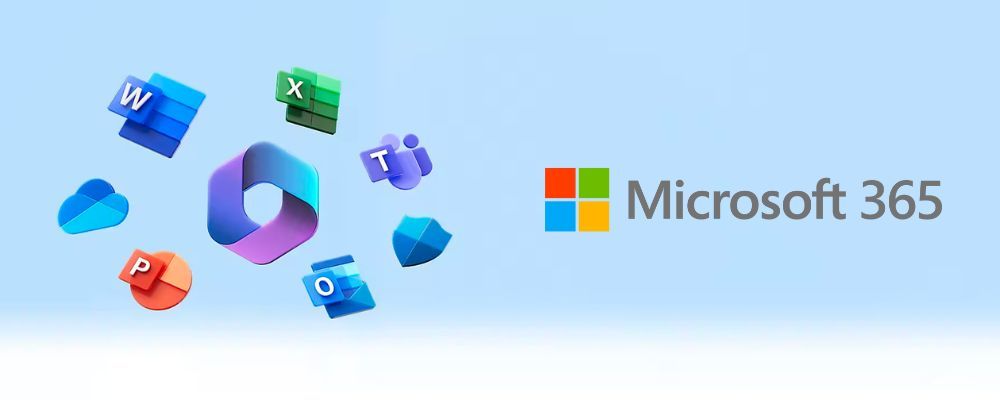
Video Conferencing Platforms
Cloud-based infrastructure enables web-enabled, real-time audio and video conversations on video conferencing platforms. They are indispensable in remote meetings, virtual collaboration and online events that enable people to communicate and collaborate in real-time, irrespective of their geographical locations.
Example: In remote learning and working, cloud technology offers real-time video conferencing using Zoom, Microsoft Teams, and Webex by Cisco.
Computing Model: SaaS (Software as a Service)
Cloud-Based Development Environments
PaaS offers cloud-based development environments where developers develop and run applications and store data using online services. This reduces the requirement of a local development environment, thus simplifying coding and allowing concurrent software development.
Example: Developers can now code without the need for hardware due to platforms such as GitHub Cloud9 or AWS Cloud9 that give them cloud-based development environments, making coding easier and more efficient.
Computing Model: PaaS (Platform as a Service)
Cloud Backup Solutions
Cloud backup solution entails the provision of scalable, secure, and flexible data backup services using cloud infrastructures. Business owners depend on these as cloud business applications provide automatic storage and protection for the stored data, ensuring business continuation even if the data is lost or the system fails. The users can retrieve their data from any place connected to the internet.
Example: Data backup services such as Backblaze and Acronis use cloud infrastructure so that their customers can have a very safe data backup for the robustness of the data and business continuity.
Computing Model: IaaS (Infrastructure as a Service)
Cloud-Based Social Media
A cloud-based social media platform leverages cloud computing infrastructure to offer users the capacity to engage, share content material, and connect with others over the internet. This application takes benefit of the scalability, accessibility, and flexibility presented through cloud services, allowing seamless and real-time conversation amongst users.
Example: One prominent instance of a cloud-based social media platform is Facebook. Facebook is predicated on cloud computing to shop for widespread user-generated content material, control consumer interactions, and ensure continuous availability across diverse devices. Users can add, proportion, and engage with content stored inside the cloud, enhancing the general social media revel.
Computing Model: SaaS (Software as a Service)

Image credits: freepik
Cloud-Based Accounting Applications
Businesses can handle their financial issues through online cloud-based accounting application solutions, using Software as a service (SaaS). The apps enable smooth accounting functions such as billing, expenditure tracking, and financial reporting, allowing companies to easily update their ledger.
Example: Businesses can handle their finances conveniently and securely, using cloud-based accounting software like Quickbooks Online and Xero.
Computing Model: SaaS (Software as a Service)
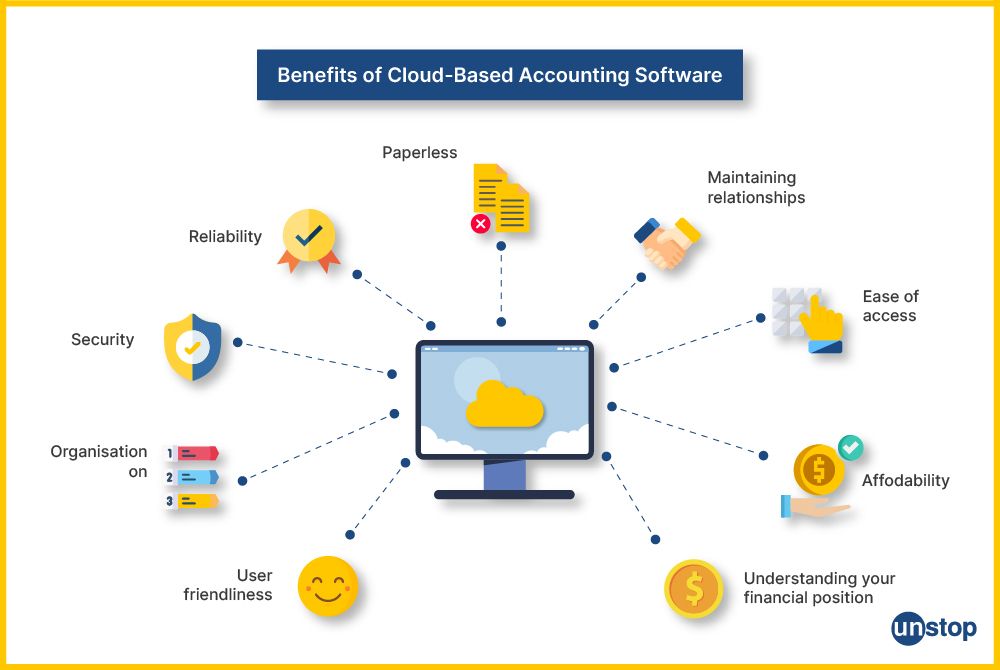
Cloud-Based Gaming Services
Cloud-based gaming solutions utilize cloud infrastructure, so gamers do not require potent equipment for online gaming. They allow streaming games online, removing the need for excessive downloading and installing on several gadgets.
Example: Cloud computing in applications such as NVIDIA GeForce Now and Xbox Cloud Gaming enables the provision of rich quality-based games despite low local hardware.
Computing Model: IaaS (Infrastructure as a Service)
Cloud-Based Cybersecurity Solutions
Modern cloud-based cybersecurity solutions ensure advanced threat remediation and constant provision of updates on a real-time basis. Such applications assist organizations in securing their systems, networks, and data in case of any impending cyber threat or outbreak.
Example: Modern advanced threat protection and the most current security updates are available in Cloud antivirus software and cybersecurity applications like CrowdStrike and McAfee Cloud Security.
Computing Model: SaaS (Software as a Service)
Cloud-Based Medical Applications
Health services are provided through different kinds of cloud-based medical programs. These could include EHR systems and other medical data management tools. Such applications increase health services' availability, protection, and usability, raising the quality of patient care and cooperation between health practitioners.
Example: The invention of cloud computing brings revolution to medicine with applications such as EHR systems that ensure the safe handling, storage, and sharing of health information on the Internet.
Computing Model: SaaS (Software as a Service)
Cloud Entertainment Industry
The cloud leisure industry leverages cloud computing to supply an extensive range of services and streaming, gaming, and interactive reports. The industry enjoys the benefits of scalability and flexibility of cloud infrastructure, providing users seamless admission to diverse sorts of amusement.
Example: A great example within the cloud leisure industry is Netflix. Netflix utilizes cloud computing to move movies and TV shows to customers globally. By storing and processing content inside the cloud, Netflix ensures a notable streaming revel for its customers, permitting them to access a sizable library of content on-demand.
Computing Model: PaaS (Platform as a Service)
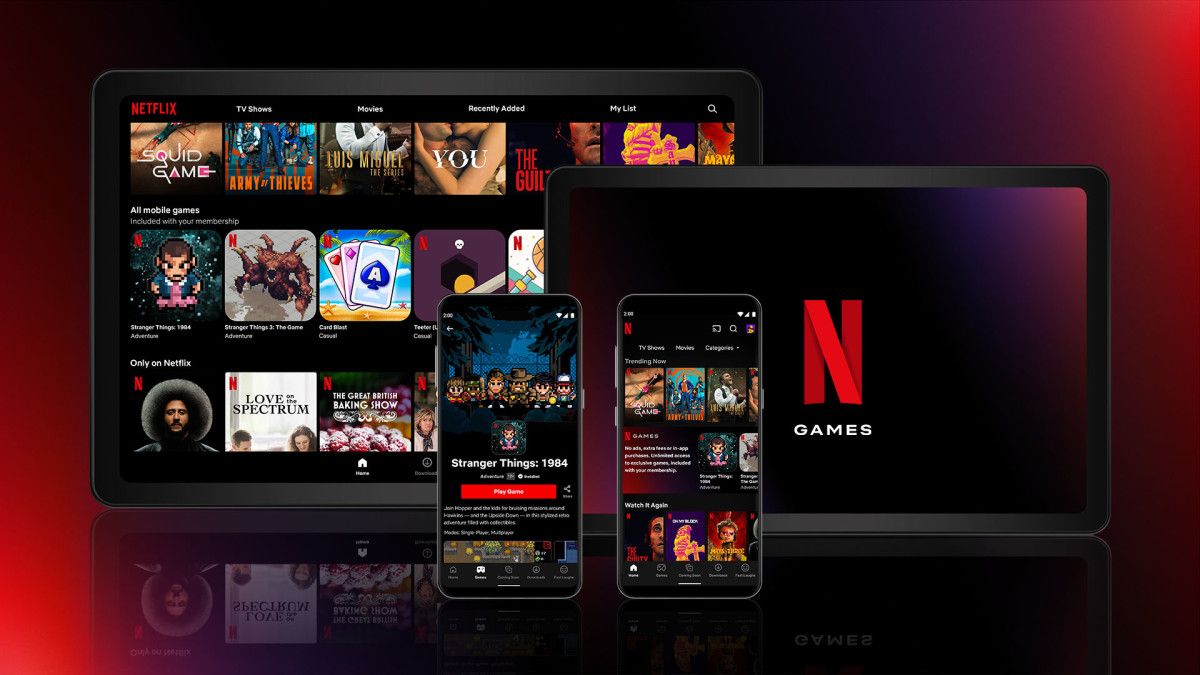
Image credits: Netflix
Cloud-Based Collaboration Tools
Cloud-primarily based collaboration equipment leverages cloud computing to facilitate real-time conversation, record sharing, and teamwork among individuals or groups, irrespective of geographical locations. This equipment has become vital for modern-day offices, supporting far-flung work and fostering green collaboration.
Example: A prominent example of a cloud-based totally collaboration tool is Slack. Slack offers a centralized platform for group communique, permitting users to arrange conversations into channels, proportion files, integrate with different productivity tools, and hold a searchable archive of discussions. The cloud infrastructure guarantees that team contributors can get the right of entry to facts and collaborate seamlessly, improving normal productivity.
Computing Model: SaaS (Software as a Service)

Image credits: Slack
Data Storage over the Internet
One of the most widespread applications of cloud computing is data storage. Cloud computing has made data storage efficient and available for both, an individual and a business. Many companies, such as Google Cloud, provide cloud storage through which data may be stored/retrieved over the Internet. Here, such a data management system avoids physical storage or conventional data of cloud management applications.
Benefits of Cloud Computing Storage:
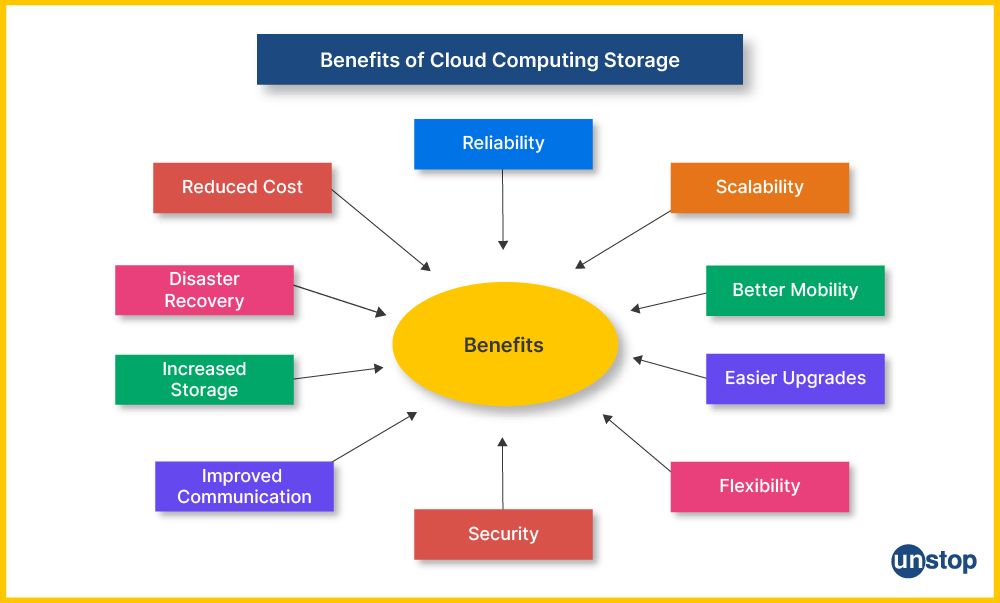
Cloud storage involves putting data in distant cloud providers’ servers. This approach offers numerous advantages, including:
Scalability: Cloud storage enables rescaling storage requirements according to demand, a capability conventional data storage systems might not allow.
Accessibility: Storing data on the cloud makes it possible to retrieve or share information regardless of the location.
Cost Efficiency: Cloud storage frees companies of the obligation to use physical storage systems. Cost-efficiency optimization is attained by charging users based on their utilization of the stored space.
Security Features: Some security features are cloud-based, such as antivirus applications and cybersecurity, that provide enhanced data protection and guard against security breaches.
Backup Facilities: Cloud providers often provide integrated backup so that data loss or disasters like hard failure do not cause loss of data and business.
Time Efficiency: Cloud storage solutions can access data in real-time, resulting in shorter data retrieval times and improved operations efficiencies.
Social Collaboration: With cloud-based storage, users can easily share and collaborate on documents simultaneously with others; this is especially advantageous for social networking services and organizational-level data sharing.
Application Integration: Through cloud computing, cloud storage easily integrates with several cloud-based programs, allowing the storage, control, and retrieval of data straight inside the application that is the user's favourite.
Real-world Applications of Cloud Storage
Here are the top 5 most popular real-world applications of cloud computing:
-
Data Storage and Backup:
- Cloud storage services like Dropbox, Google Drive, and Microsoft OneDrive allow individuals and businesses to store their files and data online, accessible from anywhere with an internet connection. This eliminates the need for physical storage devices and ensures easy access and disaster recovery.
-
Streaming Services:
- From movies and music (Netflix, Spotify) to games (Xbox Cloud Gaming, PlayStation Now) and even work applications (Microsoft 365), cloud computing powers a wide range of streaming services. These services deliver content and applications directly to user devices without requiring downloads or installations, making them convenient and scalable.
-
Email and Collaboration Tools:
- Cloud-based email services like Gmail and Outlook eliminate the need for local email servers and allow real-time collaboration on documents and projects through tools like Google Docs and Microsoft Teams. This promotes flexibility, accessibility, and improved communication within teams.
-
E-commerce and Online Businesses:
- Cloud computing provides the infrastructure for e-commerce platforms like Amazon and eBay to operate. It also empowers countless online businesses by offering scalable and cost-effective solutions for website hosting, customer databases, and online transactions.
-
Artificial Intelligence and Machine Learning:
- Cloud computing provides the vast processing power and data storage needed for advanced AI and machine learning applications. Companies like Google and Amazon offer cloud-based AI services like speech recognition, image analysis, and natural language processing, enabling businesses to leverage these technologies without massive upfront investments.
Bonus: Mobile Applications: While not directly cloud-based themselves, most mobile apps rely on cloud computing for data storage, user authentication, and backend functionalities. Cloud computing empowers the development and smooth operation of the mobile apps we use daily.
Google Drive:
Google's popular cloud storage facility is "Google Drive." It lets users upload files such as documents, pictures, and videos through the cloud. It is easily connected to other Google products and services.
Dropbox:
Dropbox is one of the most popular cloud computing services that individuals use today to safely store and share their files. This allows for syncing files between devices while providing collaborative options ideal for individual consumers and small-scale enterprises.
Microsoft OneDrive:
The Microsoft 365 suite is intricately coupled with OneDrive, the cloud storage offered by Microsoft. It is a cloud platform that offers space for saving, retrieving, and sharing documents, allowing effortless cooperation and synchronicity among gadgets.
These applications emphasize the high degree of convenience, accessibility and collaboration that cloud storage services add to people's lives and organizations nowadays.
Frequently Asked Questions (FAQs)
1. List the benefits of cloud computing for the education sector and which are some popular cloud-based applications in this sector.
Cloud computing enables adaptive learning within a shared context. Cloud-based applications, including Google Workspace, and Microsoft 365, offer document collaboration tools, communication, and access to education resources by any device.
2. What should firms consider when selecting corporate application cloud service providers?
Businesses must evaluate certain aspects like the ability of the cloud service providers, the various security features, the possibility of scaling up their operations, and how the cloud can be integrated into various systems already in place. Major providers such as AWS, Microsoft Azure, and Google Cloud, offer different types of services that are appropriate for varying corporate uses.
3. What security aspects should be considered to prevent risks of this technology concerning the growth of cloud storage services?
Businesses can scale up their storage services easily because cloud computing provides scalable and on-demand resources. Ensuring safe storage requires installing cloud-based cybersecurity functions, backing up the data on the cloud using cloud-based backup files, and compliance with the industry standard.
4. What role does cloud computing play in the entertainment industry, and what are some real examples of cloud-based entertainment application services?
Through cloud computing, the entertainment industry is able to engage better with the target audience. Cloud computing in the entertainment industry has provided scalable infrastructure, virtual workstations, and massive-scale networks for streaming services, as well as rendering special effects and online games. Cloud-based entertainment apps include Netflix, Spotify, and other cloud gaming services, like NVIDIA Geforce Now which allow viewers to easily access and experience the content.
5. How does cloud video conferencing contribute to online study?
With cloud computing in school, teaching becomes flexible. Video conferencing software in the cloud, such as Zoom and Microsoft Teams, allows direct communication and virtual online classes. This ensures that students are connected with their teachers throughout, making their online programs effective.
6. What are some common ways of dealing with cloud security challenges?
Cloud environments focus on security with such features as cloud-based cyber security for protecting confidential information. They normally comprise passwords or encryption, two-factor authorization, weekly security patches, and meeting the standards. As such, cloud-based security is an effective solution and a viable alternative to the secure data storage and management of data.
7. Are there any preferred cloud apps for learning on the Internet?
Cloud computing offers an open, resourceful channel of e-learning. Cloud-based software like Google Workspace for Education and MS 365 Education provide collaboration platforms allowing document sharing among learners and teachers.
8. How should cloud-based technologies in healthcare security be achieved in medical practice using cloud computing?
Security is one of the key cloud-enabled technologies in medical fields that involves encryption, access control, and HIPAA compliance. The use of cloud computing in medical applications promotes the security of patients’ information.
9. What should companies consider while selecting cloud-based video conferencing platform providers, and how does cloud-based video conferencing contribute to the business process?
Cloud-based video conferencing technology allows remote collaborations and video conferences, facilitating business processes. The scalability and robustness of security protocols supporting different modes of business operation, including communication between cloud applications via a user-friendly interface, should be considered while choosing the solution.
You may also like to read:
I’m a reader first and a writer second, constantly diving into the world of content. If I’m not writing or reading, I like watching movies and dreaming of a life by the beach.
Login to continue reading
And access exclusive content, personalized recommendations, and career-boosting opportunities.
Subscribe
to our newsletter
















Comments
Add comment